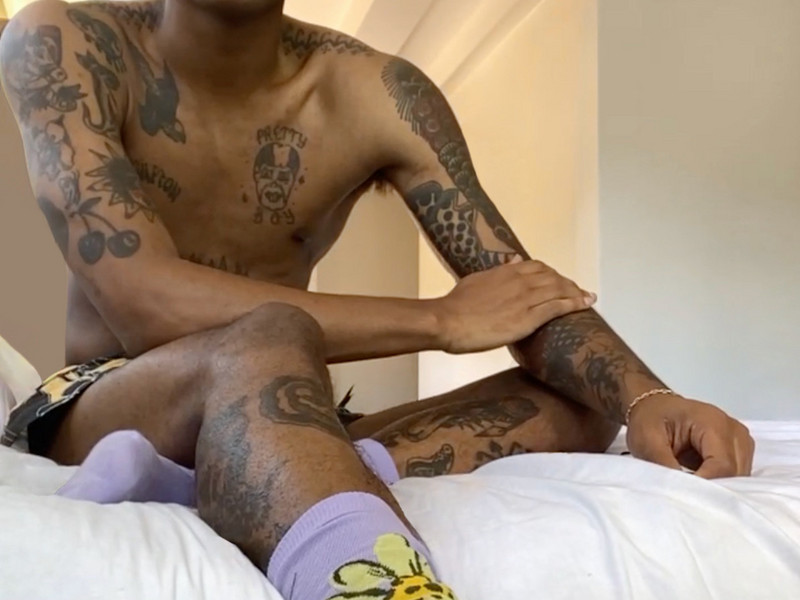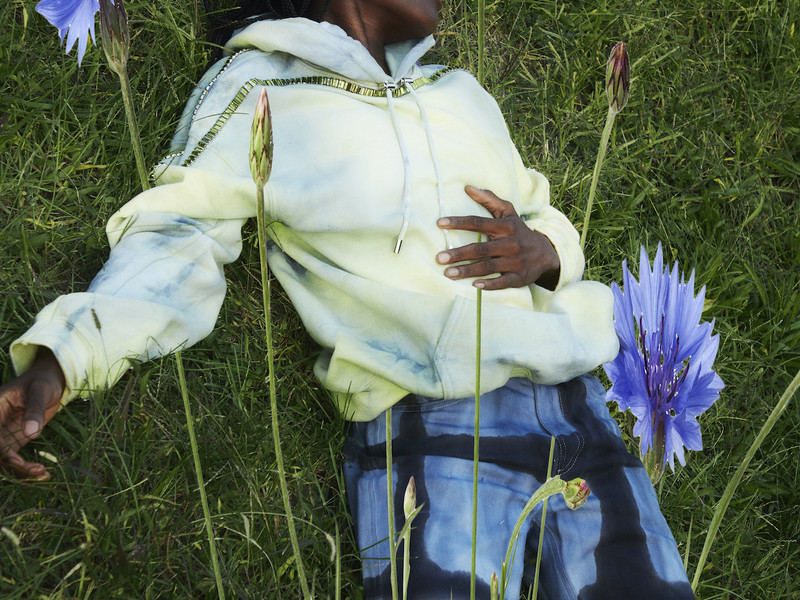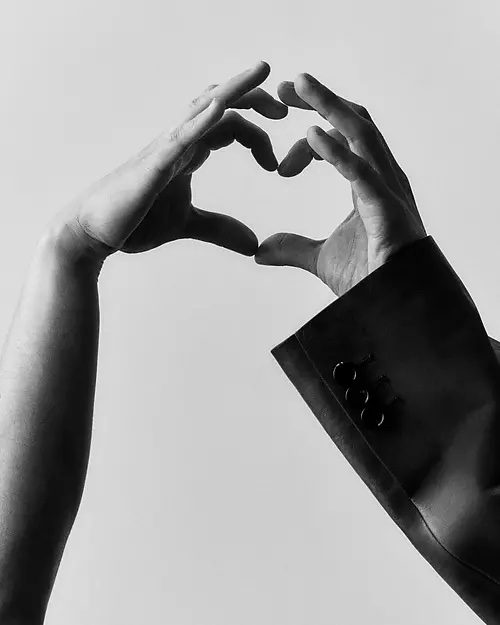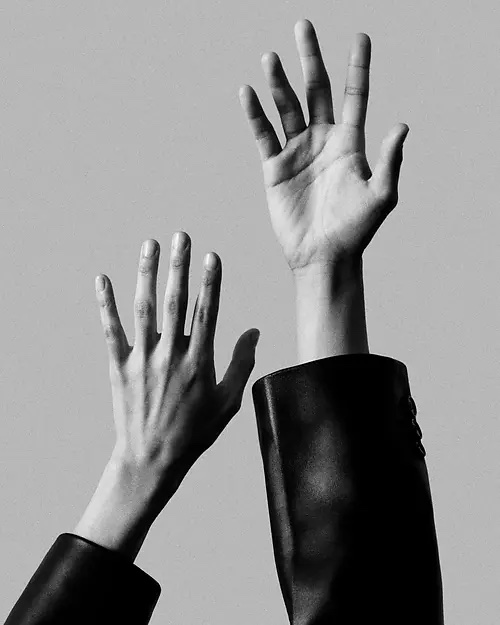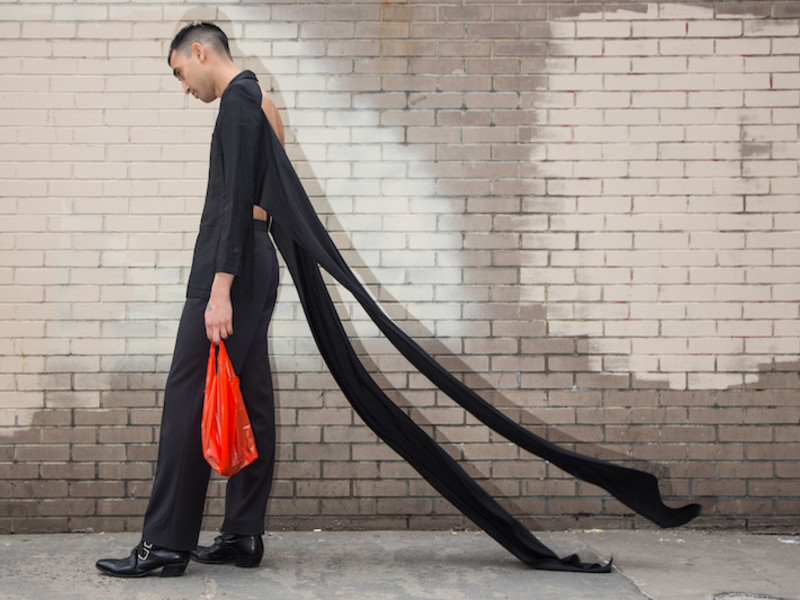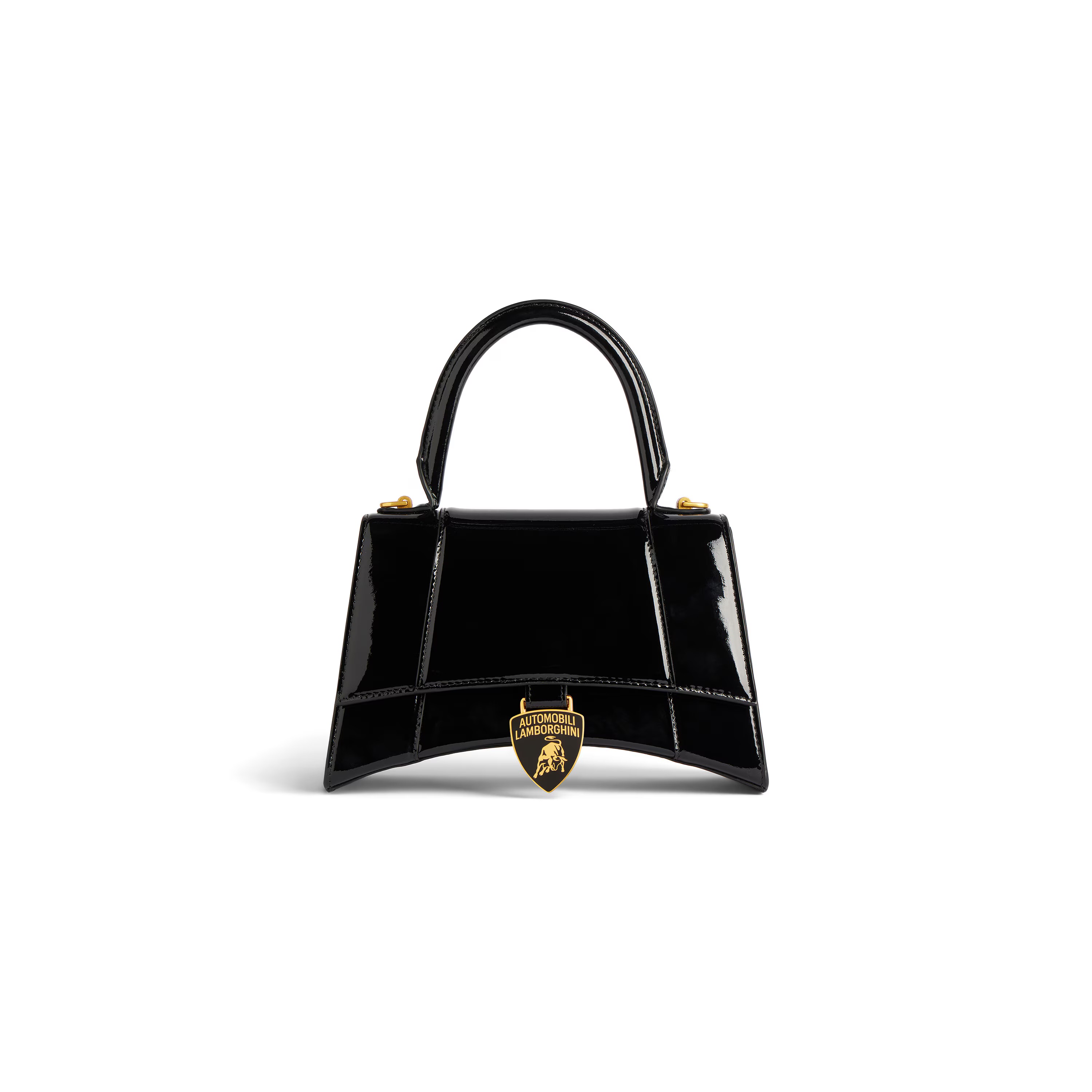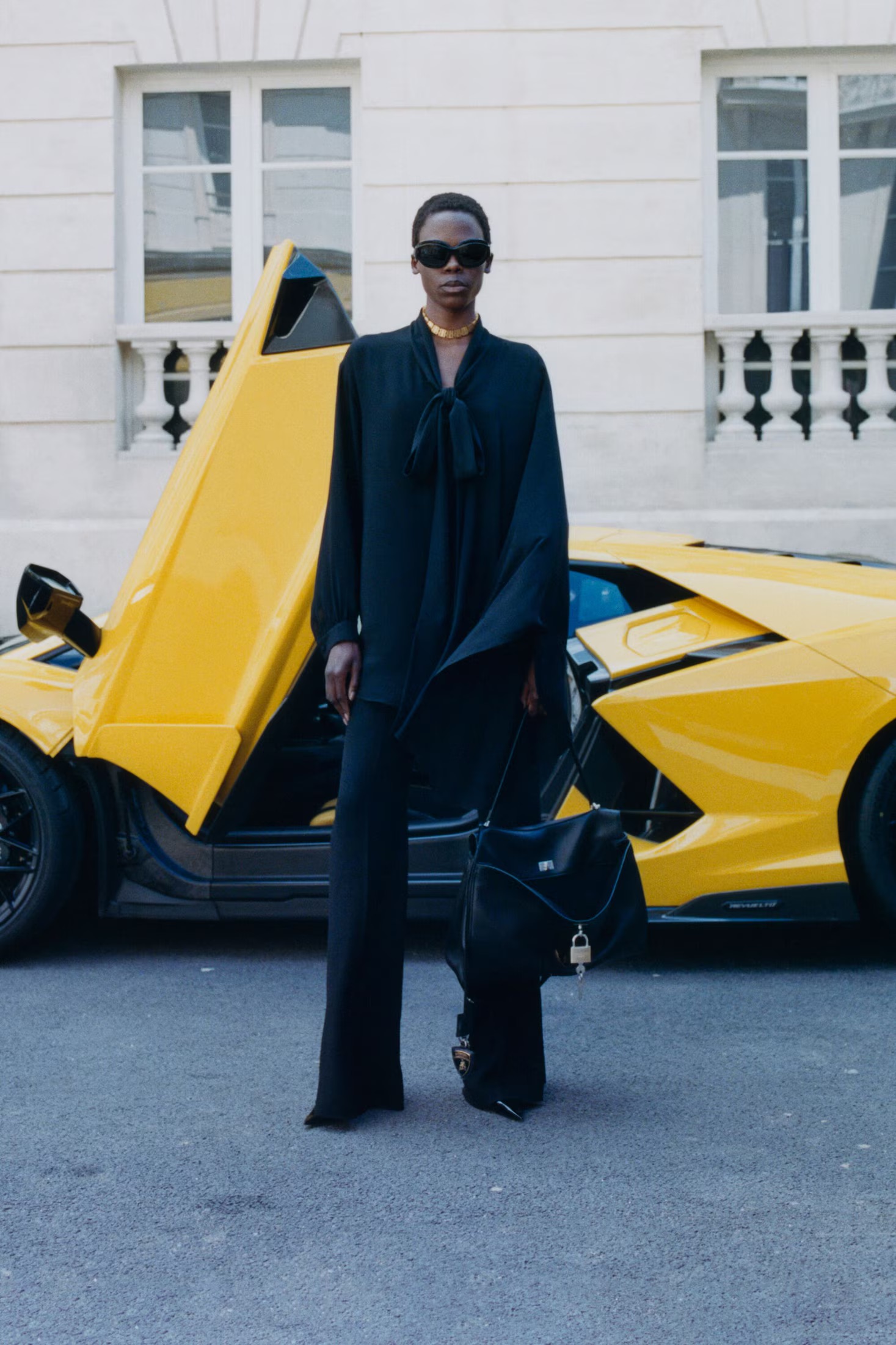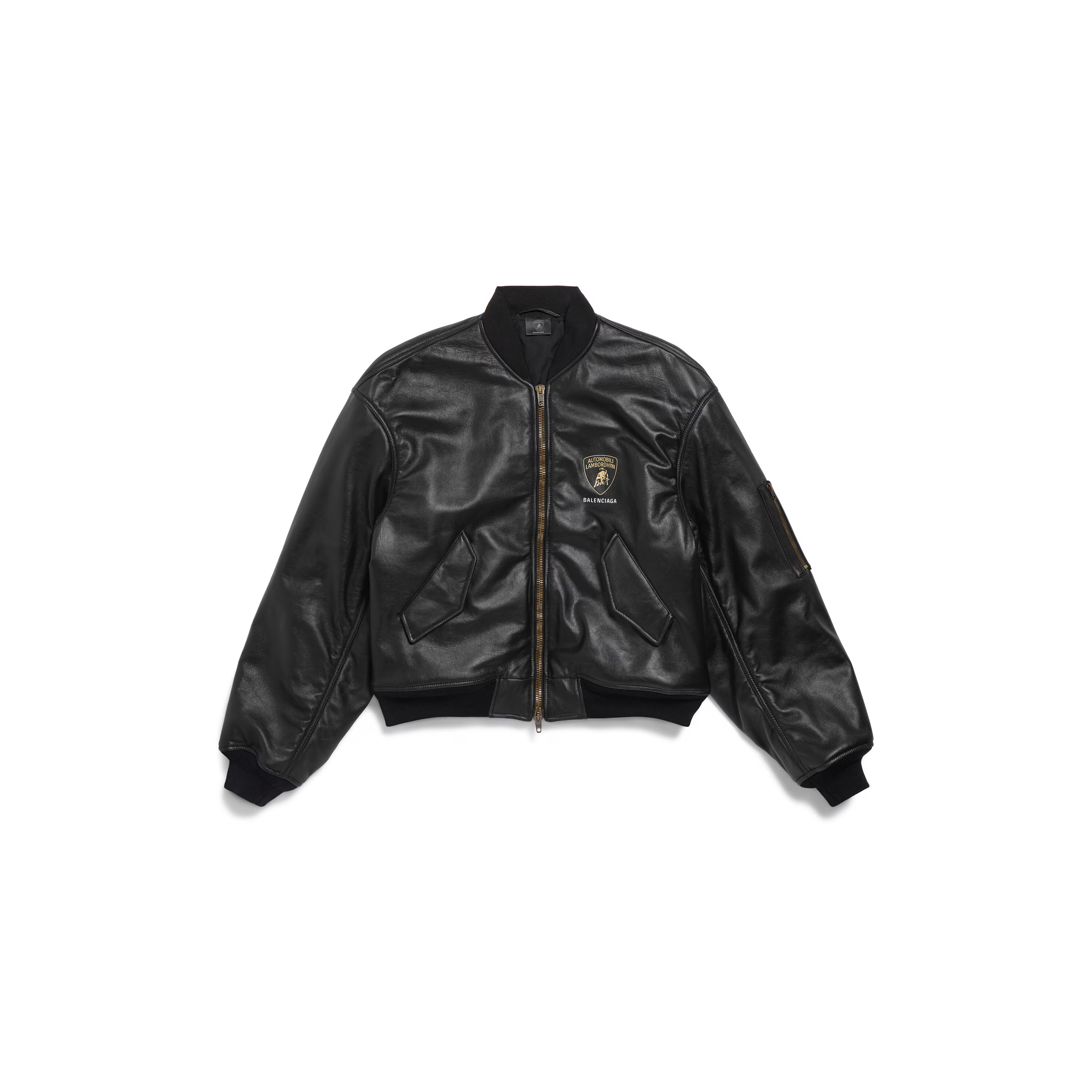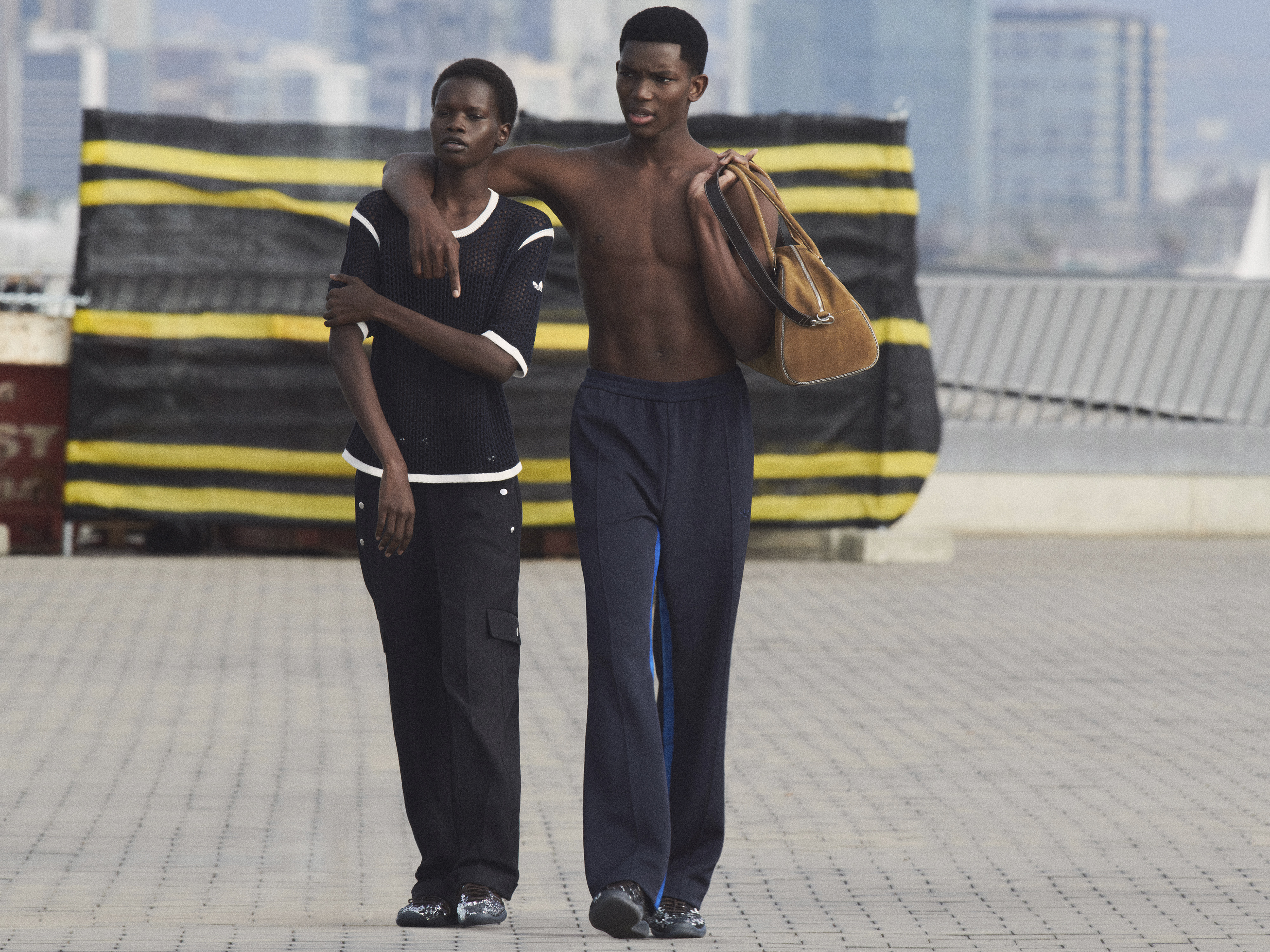Curtain Calls! Lara Violetta Brings Us the Second Edition of Violet Papers

Paige Silveria — You just released your second issue. How are you feeling? You can maybe relax a little bit?
Lara Violetta — It is very exciting. But it also never stops, there’s so much work that goes into the whole making of the magazine. Then there’s the aftermath as well, all the logistics and everything, so hopefully in two weeks or so I can slow down a bit.
You’re doing all the distribution by yourself?
We're a really small team; we basically do everything ourselves. I love working on it; it's super interesting to get to know all these structures, like building our own relationships with bookstores. Also for the online shop, there is so much going into it, thinking of all the packaging, trying our best to get the best rate for each country, etc. This time thankfully we have some help from a warehouse.
Can you describe Violet Papers for me?
Violet Papers is a fashion and beauty magazine. It is quite text-focused and a mix of emergent talent and people that have been in the fashion industry for a while. I love mixing things, always in every aspect. In getting dressed, doing my makeup or in our pages. It's always really important for me to have a great balance and contrast.
Tell me about the theme, Curtain Calls.
It's the theatrical issue, so we really wanted to create a whole fantasy. Like in the fashion world, looking back at the Margiela show, for example, with the performative walk — everything can be so theatrical in a way. I'm thinking about a quote from Capote, where he says something about how all the future exists in the past. That’s also really the magazine’s core in a way. We were aiming towards a ’90s kind of publication vibe. Less like typical modern magazines, which mostly are very image focused.
And what have you learned now that the second issue is complete?
If you think about how many people are involved, you can get a glimpse of how much work it is in the end. You have to be really obsessed with it because you dedicate so much time to it. I've definitely learned to be really straightforward, to push myself out of my comfort zone. It’s a never ending learning experience for me.
I can imagine it’s a bit of a story of personal growth as well, learning a lot of patience! Tell me about your background. You’re from Bavaria?
Yes, I grew up really outside of Munich in the countryside. It wasn’t even a village, it was more of a house in the forest.
How far was your closest neighbor?
It was very isolated, but I really always loved being by myself. I was a crafty kid, very dreamy and happy when I just could be by myself and draw.


Tell me about your parents; what do they do?
My love of magazines definitely also comes from my father who’s worked for a publishing house my whole life. He was the Art Director of German Vogue for over 18 years. He definitely had a huge impact on me.
And you went to Berlin for studies?
I was really happy to move to Berlin for my bachelor in communication design and my master in design management. My bachelor was more creative; I learned the whole spectrum, like typography, editorial design etc., later I focused more on marketing. Design management focuses on the structures in design, more about business strategy.
These sound pretty relevant to both of your focuses: running a fashion magazine and also the influencer part, of putting yourself in front of a camera and marketing yourself.
When I moved to Paris I had no job and didn't speak french. It was COVID, we were all at home and I was like, Okay, fuck. I have this one shot to be in Paris. I can't mess it up. I started as a freelance graphic designer. I would make 3D animations; it was really like all over the place. But I felt that I could experiment more since I was in a new country and nobody knew me. I always loved making videos, so I uploaded my first YouTube video and, luckily, it grew. But my father, who has been a part of the golden times of print, didn't like how the world was evolving with social media. He's always supportive but I don't think he really understood what I was doing.
Is it better now?
I hope so. I'm also really grateful for being an influencer. It is a great tool and generous in so many different ways. You can really make it your own.
Where do you think that negative connotation comes from?
Maybe it comes from people thinking there are people making a lot of money while not really working, as it all looks so easy.
So maybe they’re just envious? Because since the beginning of time, the rich haven't worked either. They’re born into family money that generates wealth for them. But from my understanding, there’s often a good amount of work that goes into being an influencer.
Yes, I’ve always been very protective of my work. For example, I’ve never had an agent or a management team. When I started the magazine, I realized how much I benefited from building my own relationships in this industry.
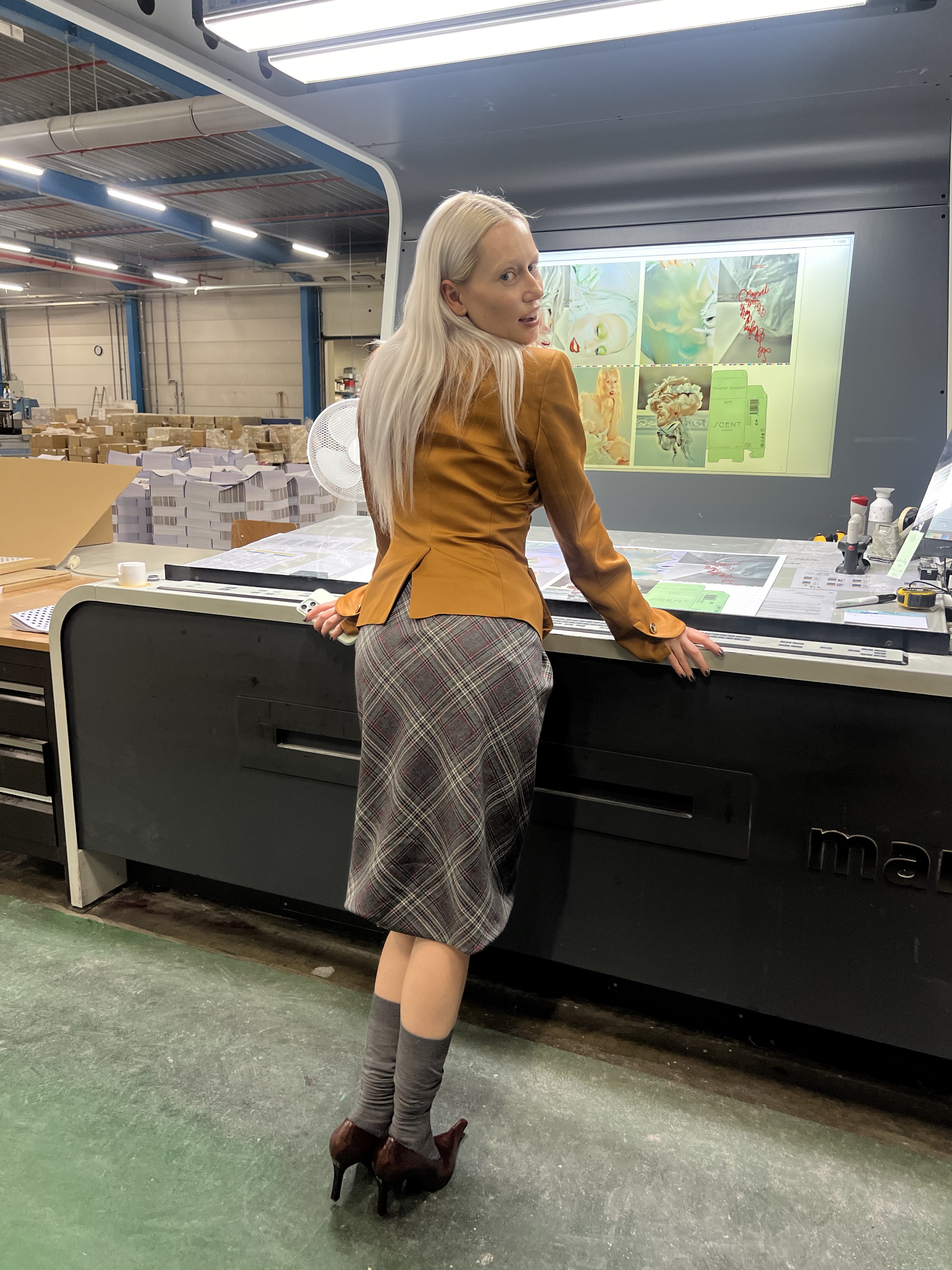

The magazine’s biannual? How big is your team?
Yes, it’s every six months. I have two amazingly talented writers and a brilliant art director. We work super closely. I feel really lucky to be able to work with people who also like to put so much dedication into their work. The structures are a bit blended, so everyone has their input for everything. And I've learned so much from them. It's really a great atmosphere.
It must be fun to get creative with the advertising as well as an influencer who already comes up with new ways to create branded content digitally.
When getting into the planning of this project at the beginning of last year, I would be at home by myself writing documents and documents about my ideas. I thought, how can I transform what I post online into print? When I open a magazine now, there are the advertising pages with all these high glossy brands, which I desire and love to look at. But I think you also need something that is more accessible and personal. So how do we mix this? It’s nice to see products that maybe one day I could imagine purchasing, but I decided to also feature ads for fashion podcasts that I like to listen to, vintage archives and maybe even a nice coffee place. It has to be a mix.
Taking it beyond just those little squares of classifieds you’d see in old periodicals and doing proper ads with these establishments.
It's interesting to see how it performs on printed paper. But in the beginning, when I started to reach out to brands they said they’d love to be a part of it but they were so confused as to what I had in mind. I was cringing, they would be like, yeah, Lara, “It sounds great, but I don't know what you want from me.” Trying to push this idea, of course that means that some of the ads might need extra attention and work from our end, to make sure it all works out perfectly for both sides. That's another thing I appreciate about my whole team, they see the value here and put in the extra work.
I recently did a studio visit with Laura and Deanna Fanning who created an ad specifically for your first issue, right? It must be so fun to see how the community comes together and supports one another’s creative projects.
Oh, I love them. Yeah, I’m so grateful for their support. It's a great honor. When people see that there is real dedication and compassion for the project they are open to support the vision.
Limited budgets often lead to such innovation, whereas too much freedom can sadly lead to some pretty bad work. Thinking of film directors for instance.
If you don't have a big budget, you try to find solutions and have to get creative; that's where the interesting things happen. Our covers being text covers is a great example for this. It was a solution for the first issue, since our options were limited. It worked great as it stands out and awakes interest. Which is why we continued this idea.
Will you bring back the paper bag? It’s such a great idea. So much to do with it.
Yes, I got the idea because I always carry magazines around. But since the publications got bigger and bigger as they released fewer each year, you basically need a backpack. As we know, necessity is the mother of invention. We found an amazing production in Italy, the Paper Bags are Handmade. As I put all my energy in the project I was a bit burned out after the release. Now for the second issue I feel stronger and am also very excited to work on the Paper Bag again.
You had to build that muscle.
Indeed, when the project was finished, I of course wanted to post both the magazine and the bag on socials. But I was so close to the project that I couldn't even talk about it anymore for a bit. Then we finally took some time off and when I came back to Paris, I made another video about the paper bag, really explaining it. The video went viral and suddenly it was sold out and everyone was obsessed. We are now working on the second edition.
For the first issue, you focused on parasocial relationships. It was interesting to me, studying Marx in school, we discussed how he believed human relationships to be paramount for a happy, fulfilling life. And I always felt like some of the most pivotal of those in my formative years were that with characters in books, like Jane Eyre. Feeling so seen through this one-sided communication with the past.
Exactly, because you also put your dreams into that person because it sparks something in you and then you add it up to it. And whether the person in the end is the person that you think it is in the head or not, it creates something in you that might be much bigger.





